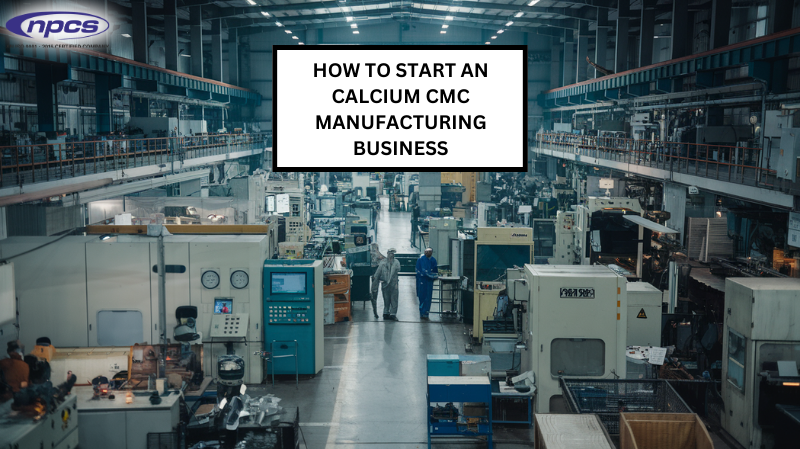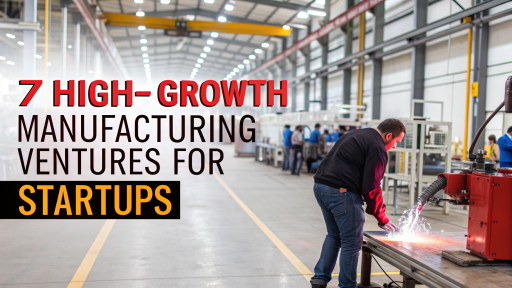A modified polymer made from cellulose is calcium CMC. One of the most plentiful natural resources is cellulose. This polymer finds use in a wide range of global businesses. Industries like food, pharmaceutical, cosmetic, and textile utilize it. It thickens, binds, and stabilizes products. Many industries frequently use Calcium CMC as a multipurpose additive.
It helps preserve products for longer periods and retains moisture. Its chemical composition enables high viscosity in water solutions. It is totally safe for the environment, biodegradable, and non-toxic. Calcium CMC effectively provides safety in all of its industrial applications.
What is Calcium CMC?
Calcium Carboxymethyl Cellulose (Ca CMC) is a CMC derivative which is a calcium salt of carboxymethyl cellulose, a cellulose ether that carboxymethylation has modified. This modification makes it possible for it either to wallow or dissolve in water and form a gelatinous compound. The functions of calcium CMC are thickening, stabilizing, binding, and retaining moisture.
There is a large market for this compound as a food additive, especially in dairy foods like ice-cream, yogurt, and processed cheese where it helps improve the texture, stabilizes fat emulsions and increases the shelf life. Pharmaceuticals also use the compound as a binder and a stabilizer in tablets and other mixtures.
Applications of Calcium CMC
Calcium CMC finds its application in several sectors such as:
- Edible Products: In equipment for cooling ice cream, dispersions, and some emulsions, Calcium CMC is added for stabilization and thickening purposes. It improves texture, reduces the chances of the ingredients separating, and keeps water inside baked goods and dairy items.
- Medicinal: In the medications prepared in the form of tablets, Calcium CMC is used as a binding agent. Due to its solubility in water, it helps with the sustained drug delivery and stability of the formulation in the identified regions and of the pharmaceutical preparation itself.
- Beauty Products: To thicken lotions, creams, such as commercial toothpaste, and other puckering agents in cosmetic formulations, Calcium CMC has been applied to remedy the shelf life of products by affecting the easy flow of people.
- Petroleum Extraction: Drillers use Calcium CMC in drilling fluids to alter the fluid’s consistency and support the water-based fluid, reducing fluid loss during the drilling process.
- Fabric Industry: It is used in textile printing and dyeing as a thickener to improve the application of dyes and the quality of fabrics.
- Pulp and Paper Processing: Manufacturers utilize Calcium CMC in paper production to enhance the paper’s tensile strength and flexibility while minimizing its water permeability, thus improving the quality and durability of the produced paper.
Join Us : Niir Projects Consultancy Services
Niir Projects Consultancy Services
Why Start a Calcium CMC Manufacturing Industry?
There are several reasons why starting a Calcium CMC manufacturing industry can be a profitable and viable business opportunity:
- Infrastructural Development Growing Demand: The consumption levels of Calcium CMC is on the rise owing to its numerous applications. The meat and pharmaceutical industries are increasingly experiencing this demand as they tend to use more costly quality additives and non-toxic fixing agents. Its contribution to organic products has made it even more marketable.
- Profitability: Because the profit margin is quite high, Calcium CMC is easy to manufacture and market as the whole process is simple like that of most chemical products. The manufacturers use cellulose and calcium salts as starting materials to make the product, and their abundant availability encourages the market greatly. They can also expand the business step by step as the customer base grows.
- Sustainability and Eco-Friendliness: As a product that is simply composed of biodegradable materials, Calcium CMC is in line with the current trend where sustainability is a key goal. In recent years, more businesses are aiming to produce greener products, and the non-toxic characteristics of Calcium CMC make it a preferably safe substitute of the artificial chemical.
- Wide Market: The application range of Calcium CMC provides a chance for income generation from a wide scope of sectors including; Food, pharma, cosmetics, oil and gas and even textile. This guarantees that your business will not be vulnerable to a particular sector which decreases risks as well as creating more avenues for the progress of the business.
How to Start a Calcium CMC Manufacturing Industry
- Market Research and Feasibility Study: Prior to embarking on a project, it is important to carry out extensive market evaluation. Find out which main industries in the region that manufacture Calcium CMC and evaluate the level of rivalry. Examine the market price, the chain of distribution, and potential customers and formulate a business strategy that works.
- Location Selection: Select a suitable industrial area that has sources of raw materials (mainly cellulose) and good transport systems for distribution. It is also a plus when the target industries (food and agri-business, pharma, textile) are near.
- Legal and Regulatory Approvals: You will require a number of authorizations from environmental, industrial and food authorities:
- Permit from the pollution control board.
- Environmental regulatory clearances.
- Chemical manufacturing permits issued by the relevant authorities.
- Raw Material Procurement: Cellulose, calcium salts, sodium hydroxide and other chemicals for modification are the main components required in the CMC calcium production process. Make sure there is an effective supply chain system for these components to maintain continuous production.
Machines Required for Calcium CMC Manufacturing
Investors to establish or expand a plant that produces calcium carboxymethyl cellulose. For effective operation and manufacturing, they need specialized equipment. High-quality output and seamless manufacturing are guaranteed by the right equipment. The following tools are necessary for production setup:
- Reactors: In order to obtain CMC, it is necessary to carboxymethylated cellulose in chemical reactors. Manufacturers combine cellulose, sodium hydroxide and chloroacetic acid together there.
- Mixing Tanks: Workers use a mixing tank for preparing batches and also to facilitate mixing of different materials in the production process.
- Filtration Systems: Provided to purify the final product from harmful admixtures that may be present in the produced raw materials
- Drying Units: After making Calcium CMC, the moisture content drying machine helps to remove the unwanted moisture content in order to obtain acceptable moisture content for commercial purposes.
- Granulators: In the case of the product being a granule, the operation of the granulating machines serve to cut and level the granular weighing portions of the particles.
- Packaging Machines: After the product is processed, packaging machines pack it in bags or containers for distribution to industries.
Related Business Plan: Production of Crosslinked Sodium Carboxymethyl Cellulose
Production Method of Calcium CMC
We can break down the manufacturing process of Calcium CMC into the following stages:
- Cellulose Activation: Manufacturers treat natural cellulose in an oven with sodium hydroxide to expand the fibers, rendering them reactive in the next stage.
- Carboxymethylation: Chloroacetic acid is introduced to the treated cellulose in order to develop Carboxymethyl Cellulose (CMC). The characteristics of the final product such as viscosity and solubility are determined in this stage.
- Neutralization: Calcium CMC is obtained by rendering Calcium salinates in the pasillation of CMC. The addition of this calcium ion allows for use in coatings and adhesives that must remain dry, whilst having a high degree of water retention capability.
- Purification: The crude product of Calcium CMC is purified by carrying out the filtration to exclude extraneous materials.
- Drying and milling: Manufacturers remove moisture content in the Calcium CMC by drying the product and then mill it to obtain particles of the required size.
- Packaging: Lastly, workers pack the products into containers for sale or transportation to customers.
Growth and Future of Calcium CMC Manufacturing
Experts anticipate a dramatic increase in revenues from calcium CMC in the near future. The food, pharmaceutical, and oil industries are the sources of the increased demand. As customers prioritize making health-conscious decisions, the market will expand.
Industries are constantly looking for safer and more environmentally friendly ingredient substitutes. For investors in the current sector, these trends present excellent chances. Biodegradable, sustainable materials help Calcium CMC grow its market share.
The rising need for environmentally friendly solutions increases the relevance of calcium CMC. Over time, it might take the place of chemicals in a variety of applications. Calcium CMC is a product that is expanding and selling quickly. Prospects for the future point to sustained profitability and market success.
Conclusion
There is a lot of opportunity for starting a Calcium CMC business nowadays. The food, pharmaceutical, and cosmetics industries have high demand. It is completely biodegradable, non-toxic, and environmentally benign. Globally, Calcium CMC promotes sustainable industrial practices. Structured production guarantees opportunities for growth and market expansion.
Several fields offer profitability and scalability company potential. Sustainability trends are driving up demand in the future. Investing now can achieve long-term company success. Processes for production and distribution run smoothly thanks to strategic planning. The production of calcium CMC is a profitable and promising industry.






